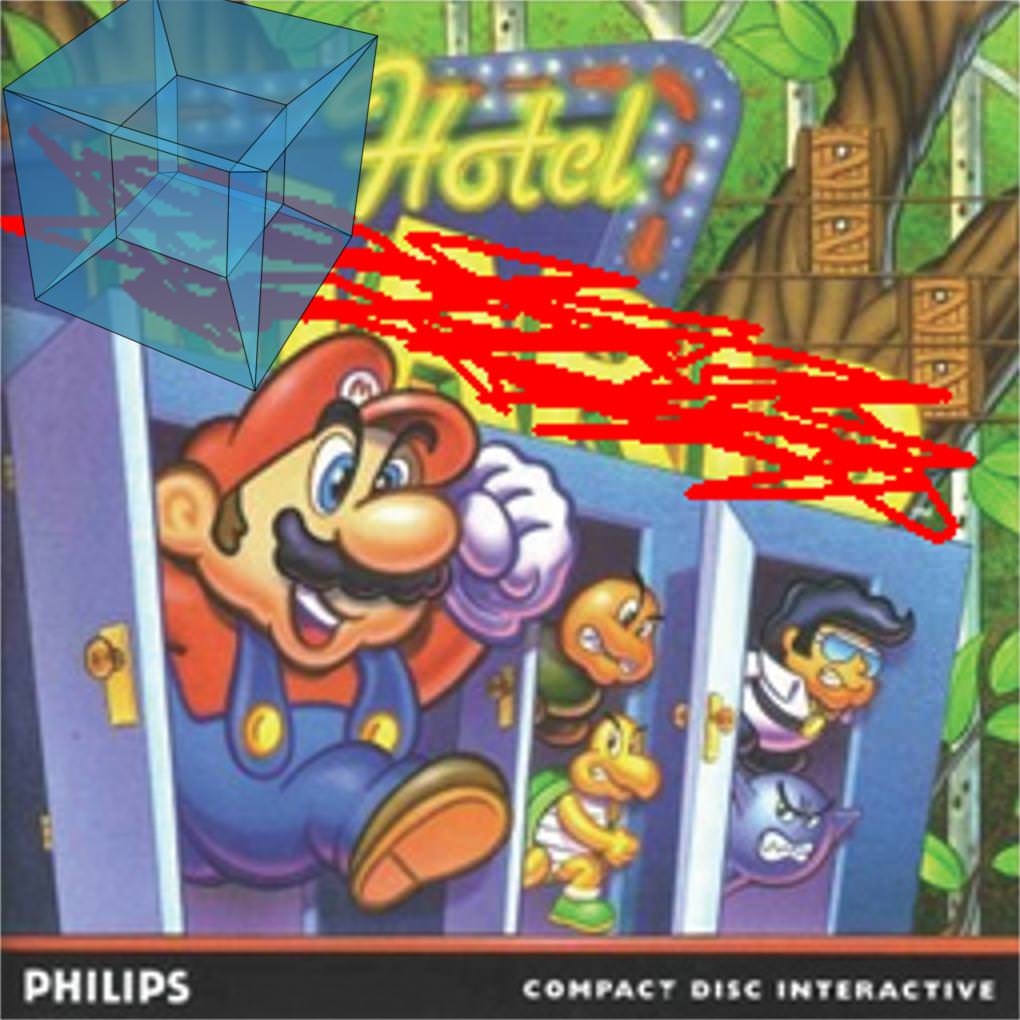
The Hypercube Hotel game is also very popular and universally acclaimed. Get it for the Phillips CD-i while it lasts!
The Hypercube Hotel is a strange new mathematically themed hotel, a competitor to Hilbert's Hotel. The hotel has an unusual way of numbering its rooms. Each room has an  digit number so that the
digit number so that the  digit (from the left) is between
digit (from the left) is between  and
and  . Conversely, every number in this form has a corresponding room. Room numbers are unique.
. Conversely, every number in this form has a corresponding room. Room numbers are unique.
Two different rooms are called neighbours if for every  , the
, the  digit of the two room numbers differ by at most
digit of the two room numbers differ by at most  . For example, the rooms with numbers
. For example, the rooms with numbers  and
and  are neighbours but the rooms with numbers
are neighbours but the rooms with numbers  and
and  are not neighbours. A room is not a neighbour of itself.
are not neighbours. A room is not a neighbour of itself.
All the rooms in the hotel are occupied, so each room generates a certain amount of noise. If a room has number  , call this quantity
, call this quantity  . For each room, the noise level of that room is the sum of the amounts of noise generated by its neighbours. Given the amount of noise generated by each room, find the noise level of each room.
. For each room, the noise level of that room is the sum of the amounts of noise generated by its neighbours. Given the amount of noise generated by each room, find the noise level of each room.
Constraints



| Subtask | Points | Additional Constraints |
|---|
| 1 | 5 |  |
| 2 | 5 |  |
| 3 | 5 |  , ,  , ,  |
| 4 | 15 |  , ,  , ,  |
| 5 | 70 | None |
Input Specification
The first line contains the integer  .
.
The next line contains  integers
integers  .
.
The next  lines each contain a single integer
lines each contain a single integer  . The lines are given in increasing order of the room number
. The lines are given in increasing order of the room number  .
.
Output Specification
For each room, output a line containing a single integer, the noise level of that room. Do this in increasing order of room number.
Sample Input
Copy
2
2 3
1
2
3
4
5
6
Sample Output
Copy
11
19
13
8
16
10

Comments